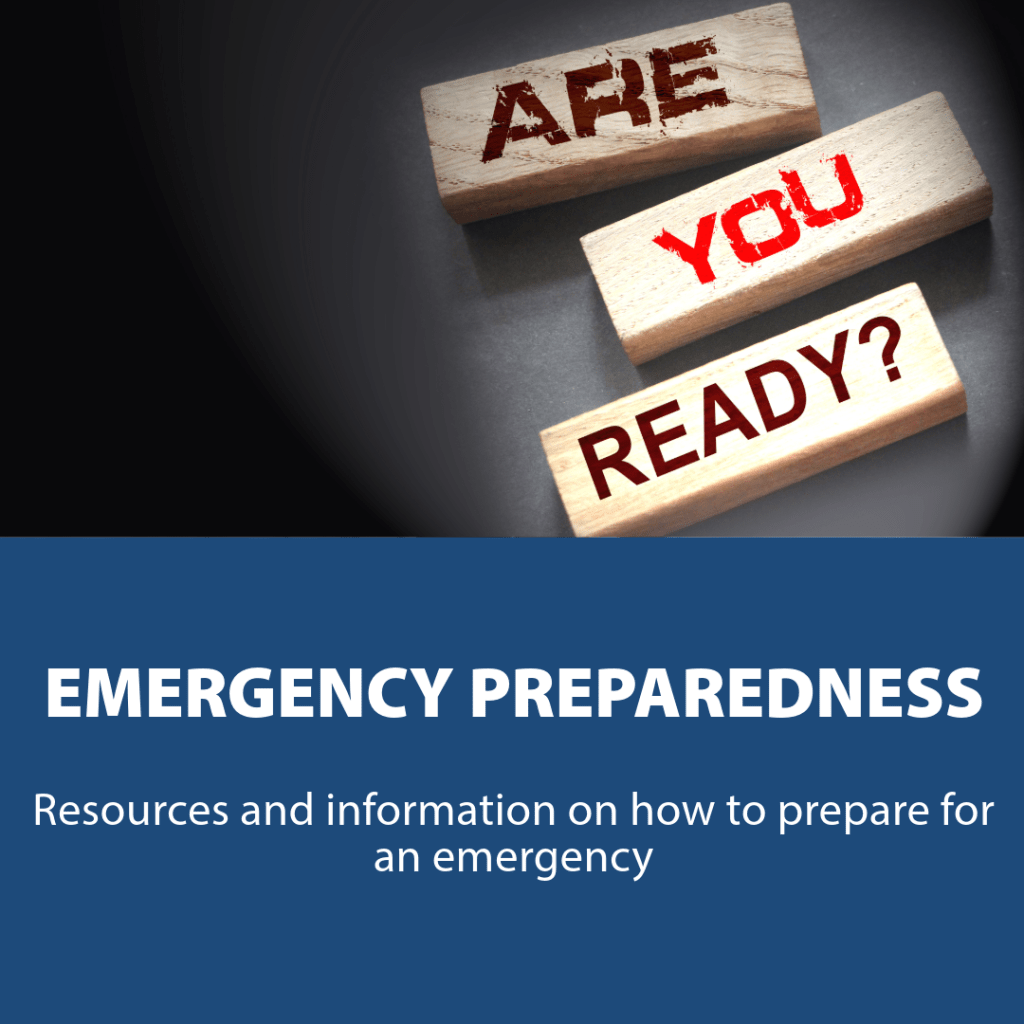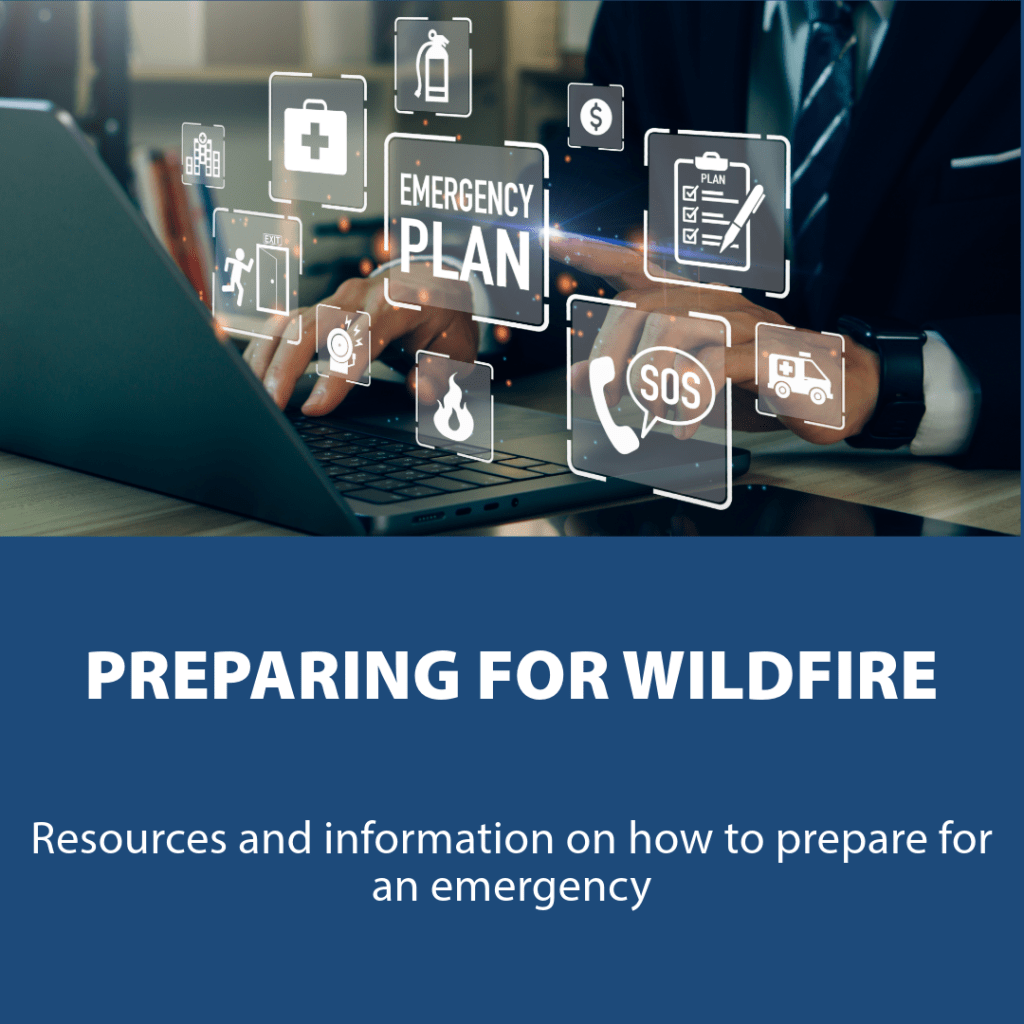Emergency Preparedness

Signing up for local and provincial communications and downloading alerting apps can help keep community members informed so they are better able to respond to threats.
In the event of an emergency, Greenview residents will be able to keep up to date using the following:
Alberta Emergency Alert
Voyent Alert – Sign up to receive emergency alerts issued by Greenview
Greenview website
Greenview Facebook Page
Disasters often cause confusion and distress; an emergency plan helps individuals navigate the situation more safely. The 2022 Survey of Albertans shows only 19% of Albertans have a household emergency plan, and fewer are aware of the emergency plans at loved ones’ facilities (such as their children’s school or a family member’s care home).
Preparedness is personal. Community members are encouraged to consider the unique needs of their households and the local threats when developing emergency plans.
Make an emergency plan – planning considerations and resources
Pet Preparedness – to help keep pets safe before, during and after an emergency.
Farm animals and livestock – to help keep farm animals and livestock safe when sheltering or evacuating.
Be Prepared tip: Every household is unique. Consider your household members’ power requirements for medical devices, specific needs for children or pets, reliance on assistive technology, mobility issues and language barriers. Make your plan work for you.
Unexpected situations happen every day. Having supplies is one thing you can do to help your household better manage disruptions, whether they are big or small.
Imagine a long power outage in your area. Do you have enough food, water and provisions to keep you, your loved ones and your pets safe? Do you have the equipment to keep you connected and informed?
What if you had to evacuate immediately? What would be important for you to bring? Personal documents? Medications? Extra clothing?
Having an emergency kit available is important to have prepared when you need to evacuate or to use it at home if you are required to have shelter in place.
Your kit should include contents to keep you safe, warm, and comfortable for at least 72 hours.
Building your own kit is easy. To download an emergency kit checklist, please visit How to build an emergency kit
For more information, please visit https://www.alberta.ca/build-an-emergency-kit.aspx
Emergencies can occur suddenly, and seniors can be especially vulnerable to these types of situations.
Common factors that contribute to increased vulnerability may include mobility limitations, decreased physical strength and sensory awareness, and a reduced ability to respond to sudden change. It is essential for seniors and caregivers to have an emergency plan.
To download a copy of the Government of Alberta emergency preparedness toolkit for seniors, please visit Emergency Preparedness Toolkit for Seniors
Insurance is a financial safety net. The right coverage will speed up the recovery process.
Being financially prepared is about more than just having money in the bank. Encourage your community members to understand their insurance policies to help them make more informed decisions during times of stress.
Steps to build financial resilience:
- Learn the difference between insurable and non-insurable disasters, and speak with an insurance provider about your specific needs.
- Talk to your insurance provider to ensure you have adequate insurance, that you understand what your policy covers, and, more importantly, what it doesn’t cover.
- Keep a detailed list of all property, including photographs, in case you must file a claim. Use your annual policy renewal as a reminder to check and update your list and photographs.
- Keep cash on hand, as ATMs and debit services may become unavailable during a disruption.
- If possible, create an emergency savings account to cover expenses during an emergency.
- Know what type of assistance your insurance policy provides and how to claim it if needed. Make sure to keep all receipts from expenses incurred during an emergency.
- Know the 7 steps for making a home insurance claim:
- Call your insurance representative as soon as possible. Most companies have 23-hou claims service.
- Details are critical. Provide as much information as possible about the circumstances and damage. Take photographs if it is safe to do so.
- If your home is unfit to live in, ask your insurer about the expenses you may be entitled to and for how long. Keep all receipts and invoices for additional living expenses after your loss.
- A claims specialist or adjuster (who is paid by your insurance company) will contact you to investigate the circumstance of the loss, examine documentation and explain the next steps.
- Your insurance company will ask you to complete and return a proof of loss form after the incidents.
- Review your policy and become familiar with specified deductibles, coverage limits, and replacement values.
- Ask your insurance representative if you can hire a contractor or supplier of your choice to do repairs.
Preparing for Wildfire

Signing up for local and provincial communications and downloading alerting apps can help keep community members informed so they are better able to respond to threats.
In the event of an emergency, Greenview residents will be able to keep up to date using the following:
Alberta Emergency Alert
Voyent Alert – Sign up to receive emergency alerts issued by Greenview
Greenview website
Greenview Facebook Page
Disasters often cause confusion and distress; an emergency plan helps individuals navigate the situation more safely. The 2022 Survey of Albertans shows only 19% of Albertans have a household emergency plan, and fewer are aware of the emergency plans at loved ones’ facilities (such as their children’s school or a family member’s care home).
Preparedness is personal. Community members are encouraged to consider the unique needs of their households and the local threats when developing emergency plans.
Make an emergency plan – planning considerations and resources
Pet Preparedness – to help keep pets safe before, during and after an emergency.
Farm animals and livestock – to help keep farm animals and livestock safe when sheltering or evacuating.
Be Prepared tip: Every household is unique. Consider your household members’ power requirements for medical devices, specific needs for children or pets, reliance on assistive technology, mobility issues and language barriers. Make your plan work for you.
Unexpected situations happen every day. Having supplies is one thing you can do to help your household better manage disruptions, whether they are big or small.
Imagine a long power outage in your area. Do you have enough food, water and provisions to keep you, your loved ones and your pets safe? Do you have the equipment to keep you connected and informed?
What if you had to evacuate immediately? What would be important for you to bring? Personal documents? Medications? Extra clothing?
Having an emergency kit available is important to have prepared when you need to evacuate or to use it at home if you are required to have shelter in place.
Your kit should include contents to keep you safe, warm, and comfortable for at least 72 hours.
Building your own kit is easy. To download an emergency kit checklist, please visit How to build an emergency kit
For more information, please visit https://www.alberta.ca/build-an-emergency-kit.aspx

